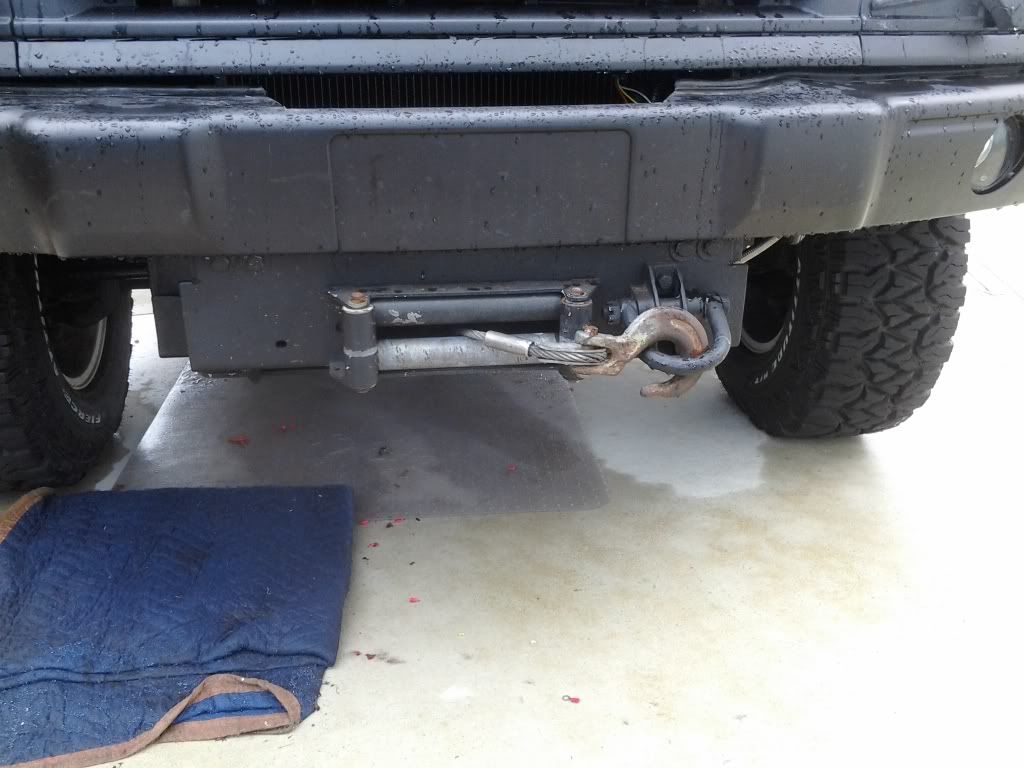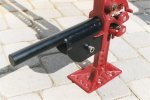mhiscox
Exp. Leader Emeritus
I apparently have warmer feelings about the HiLift than most. I've used it as a winch. It is dreadfully tedious, but it works.
It is, no doubt, a dangerous tool to use if you're neither skilled nor attentive, but so is a winch, table saw or claw hammer. Each person should decide for him or herself whether they can use a Hi-Lift safely and follow the directions and live with the limitations.
I don't know that comparing a sub-$200 HiLift with attachments to an integrated winch system is relevant. The better approach would seem to be to compare it to an alternative of similar cost, and I'm not sure what else you can buy that for that kind of money that will do you as much good. There is certainly every reason to have a proper winch setup if it's worth the money to you, but you can do a lot of overlanding without getting routinely stuck. If your winching needs are not frequent (as it is with my Sprinter's winch setup), you can end up looking at an investment of several hundred dollars per use.
It is, no doubt, a dangerous tool to use if you're neither skilled nor attentive, but so is a winch, table saw or claw hammer. Each person should decide for him or herself whether they can use a Hi-Lift safely and follow the directions and live with the limitations.
I don't know that comparing a sub-$200 HiLift with attachments to an integrated winch system is relevant. The better approach would seem to be to compare it to an alternative of similar cost, and I'm not sure what else you can buy that for that kind of money that will do you as much good. There is certainly every reason to have a proper winch setup if it's worth the money to you, but you can do a lot of overlanding without getting routinely stuck. If your winching needs are not frequent (as it is with my Sprinter's winch setup), you can end up looking at an investment of several hundred dollars per use.





